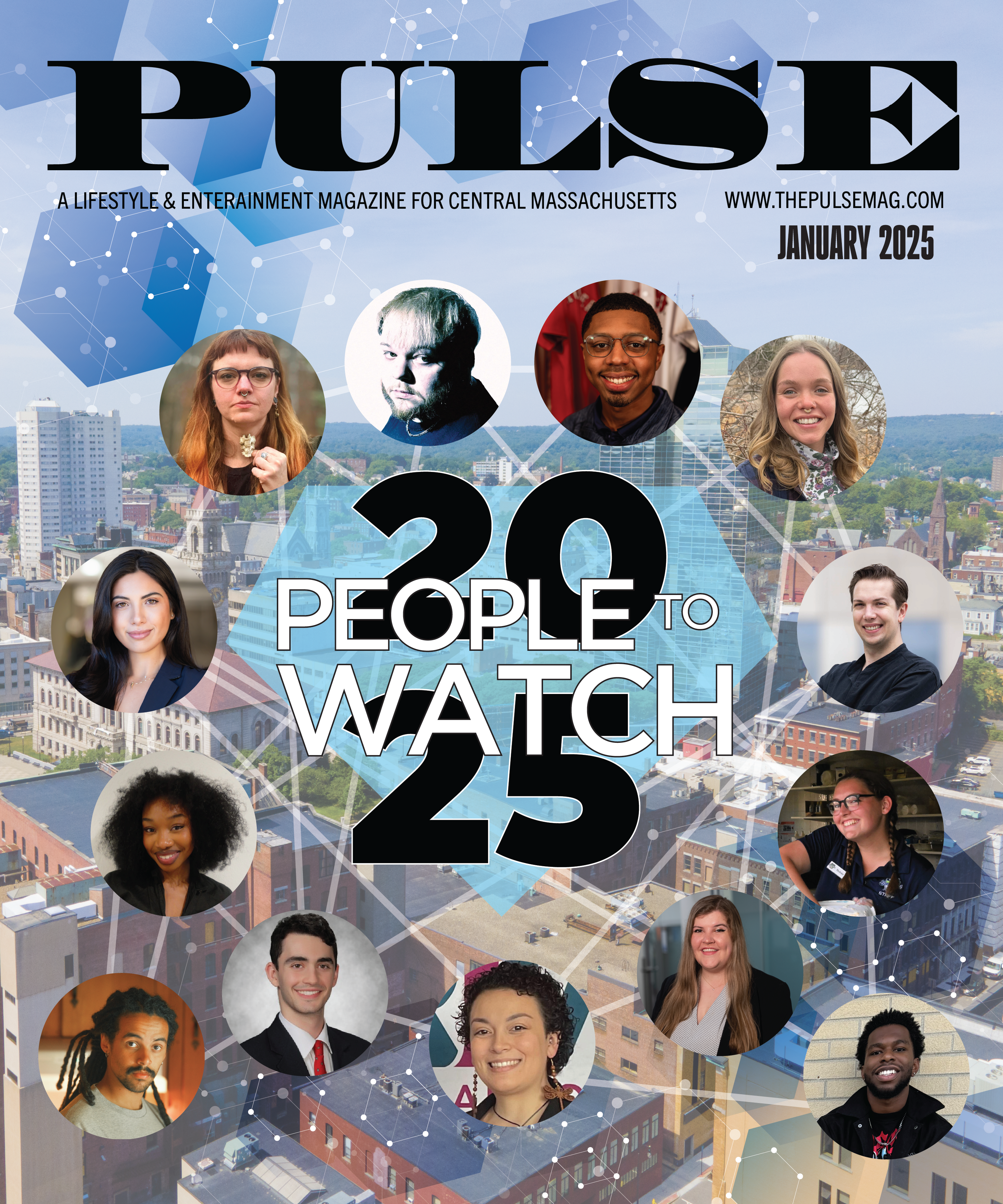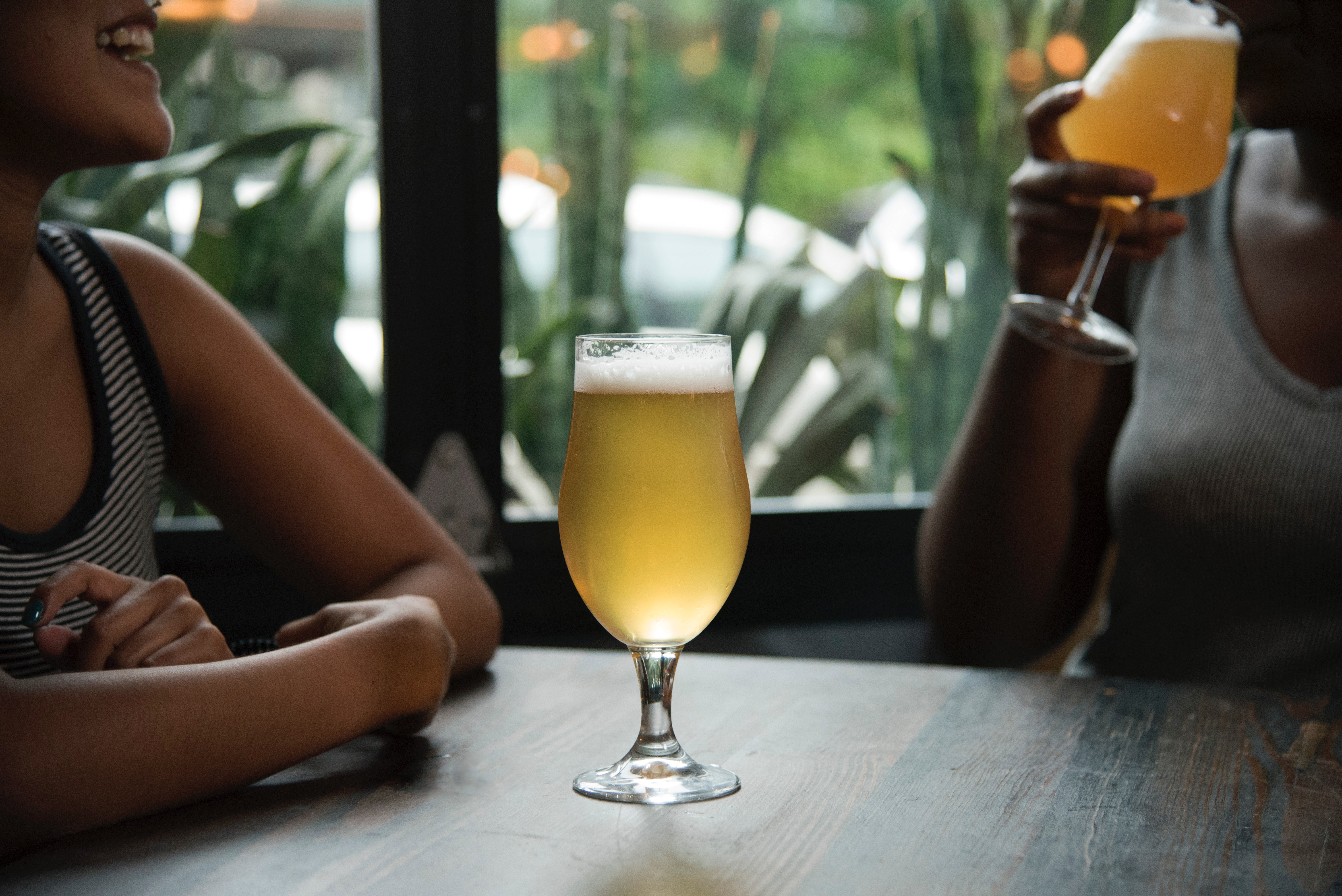By Tine Roycroft

Mascots are a vital part of any sporting event ~ they’re fun, they’re funny, they liven up half-times and break the tension of high-stakes games. Erin Blank, co-owner, with her husband Matthew, of Keystone Mascots, has spent most of her life designing, creating and even performing as those beloved characters and, like any good mascot, she has a great sense of humor.
“I come from a long line of basketball coaches,” Blank says. “Basically since my family got off the boat at Ellis Island, that’s what we’ve done. When it came to me, I decided I wanted to be somewhere between the crowd and the court.”
Today, Blank works with colleges including s Clark University and Assumption College to create mascots that truly represent each institution’s goals.
“We sit down with the administration and talk about how the character will be utilized. Then we get feedback from other departments on campus,” Blank explains. “By getting so many involved, it expands the ownership of the character. People start to embrace it before they see it because they are a part of the development.”
Once the goals behind the mascot and the feel of the character are cemented, it’s off to the design board. After the character comes to life on paper, Blank begins to construct the actual costume ~ which can be a painstaking process. Blank knows from her own personal experience that an unbalanced costume can cause the wearer injury and she avoids that at all costs.

“The average college mascot career is about 2-3 years,” she says. “We try hard to make our costumes structurally flexible and to build them so that different heights and different weights can wear them. I’ve gotten shin splints, even arthritis in my neck from poorly structured costumes so we always keep the performer in mind.”
Another key point in designing a great costume is ventilation. According to Blank, humidity within the costume is one of biggest issues for mascots.
“We use as many breathable and washable materials as possible,” she says. “And around here, we say that dry cleaning never really dries nor cleans a costume. A costume is never really the same after a use unless you can wash it.”
Blank encourages her clients to go slow with their mascots and let the performers get used to the structure of the costume and the environment inside it before doing all sorts of crazy stunts. But Blank says people often exaggerate the high temps in a mascot suit.
“You find many people online saying ‘Oh, it’s 120 degrees in the costume!’ It’s not,” Blank laughs. “If it were, we’d all be getting brain damage and our careers would be over much sooner.”
For more information on Keystone Mascots, visit www.keystonemascots.com.






